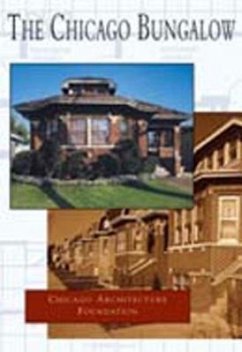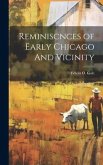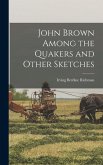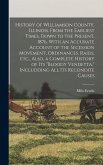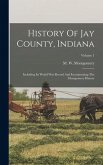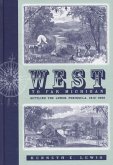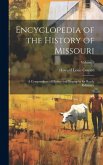The Chicago Bungalow is more than a housing style indigenous to the city. It epitomizes Chicago's work ethic and its rewards for successive waves of ethnic newcomers to the city since the early 20th century. In this book, the Chicago Architecture Foundation interprets both the design and the meaning of these homes, in keeping with CAF's mission to raise awareness of Chicago's architectural legacy. After 1915, new neighborhoods appeared across the prairie. The Chicago-style bungalow came to both dominate and symbolize these areas. A one and one-half story single-family freestanding home, it included such conveniences as electricity, indoor plumbing, and central heat. Chicagoans built some 80,000 bungalows. Another 20,000 were built in suburban Cook County. Nearly every ethnic and racial group in the area has made its way at one time or another to the Bungalow Belt. Today the Bungalow Belt includes white ethnic, African American, Latino, and Asian families.
Hinweis: Dieser Artikel kann nur an eine deutsche Lieferadresse ausgeliefert werden.
Hinweis: Dieser Artikel kann nur an eine deutsche Lieferadresse ausgeliefert werden.

